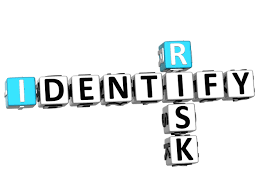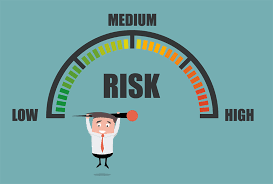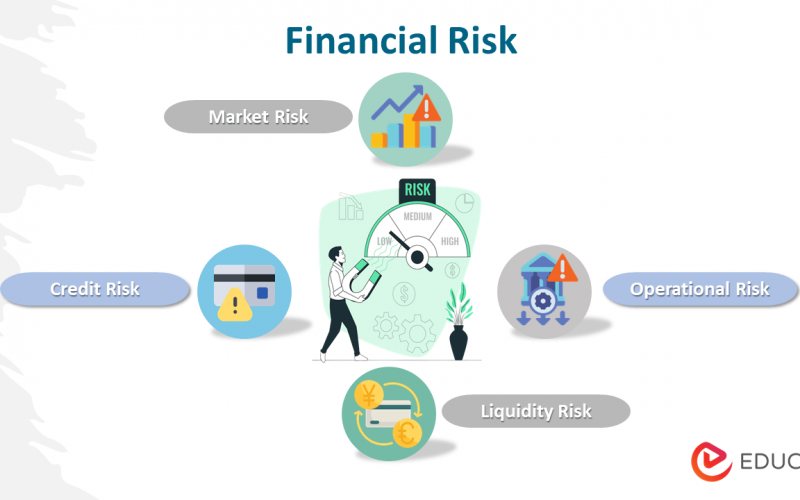29
Sep
Risk identification and assessment are fundamental components of risk management in banks and financial markets. These processes involve systematically identifying and evaluating risks faced by institutions to understand their nature, potential impact, and likelihood of occurrence. Here are key steps and considerations in risk identification and assessment: Risk Identification: The first step in risk management is identifying potential risks. This involves a comprehensive and systematic review of the institution's activities, processes, and external factors that may give rise to risks. Common sources of risks in banks and financial markets include credit risk, market risk, liquidity risk, operational risk, legal and…









